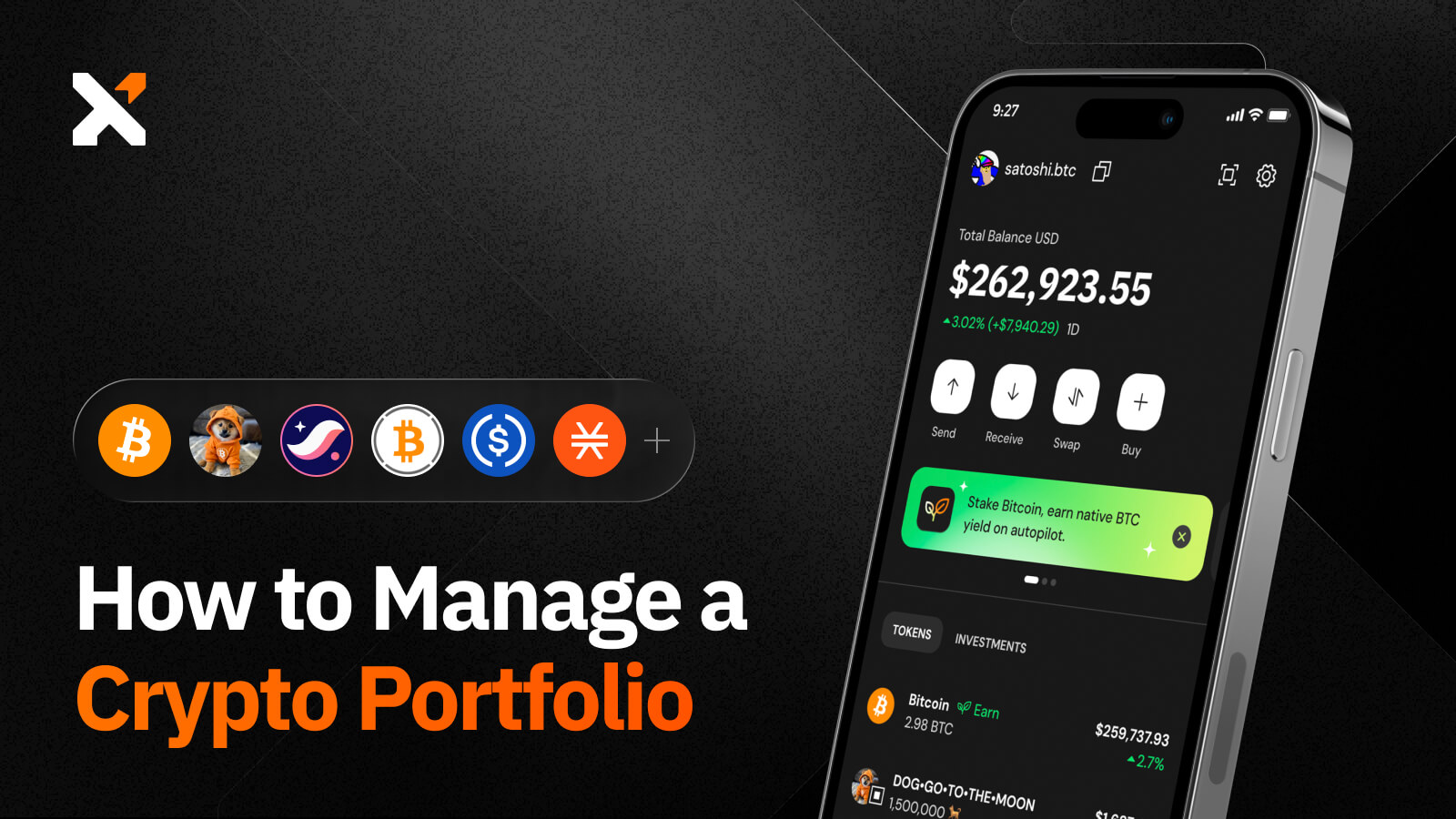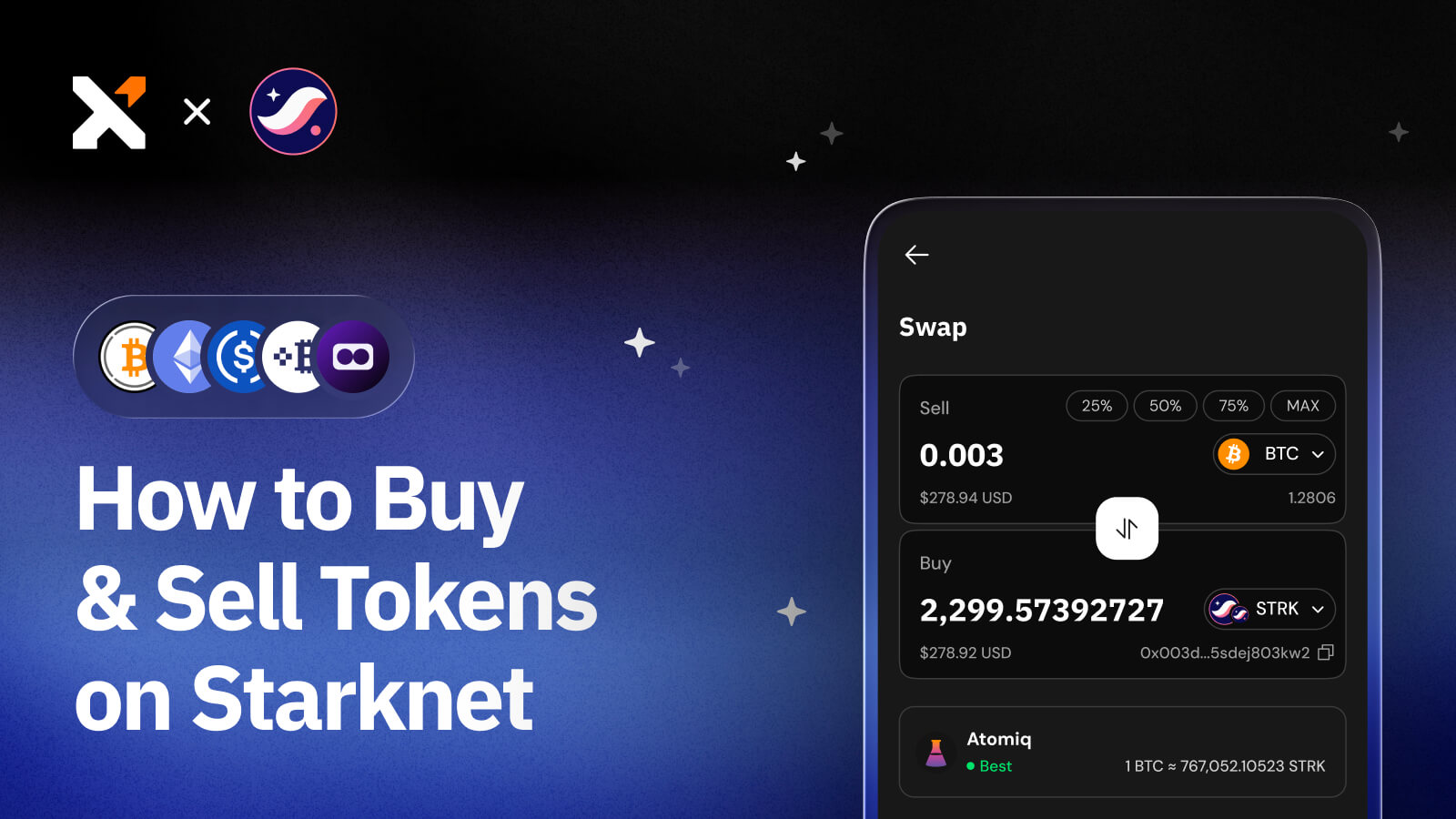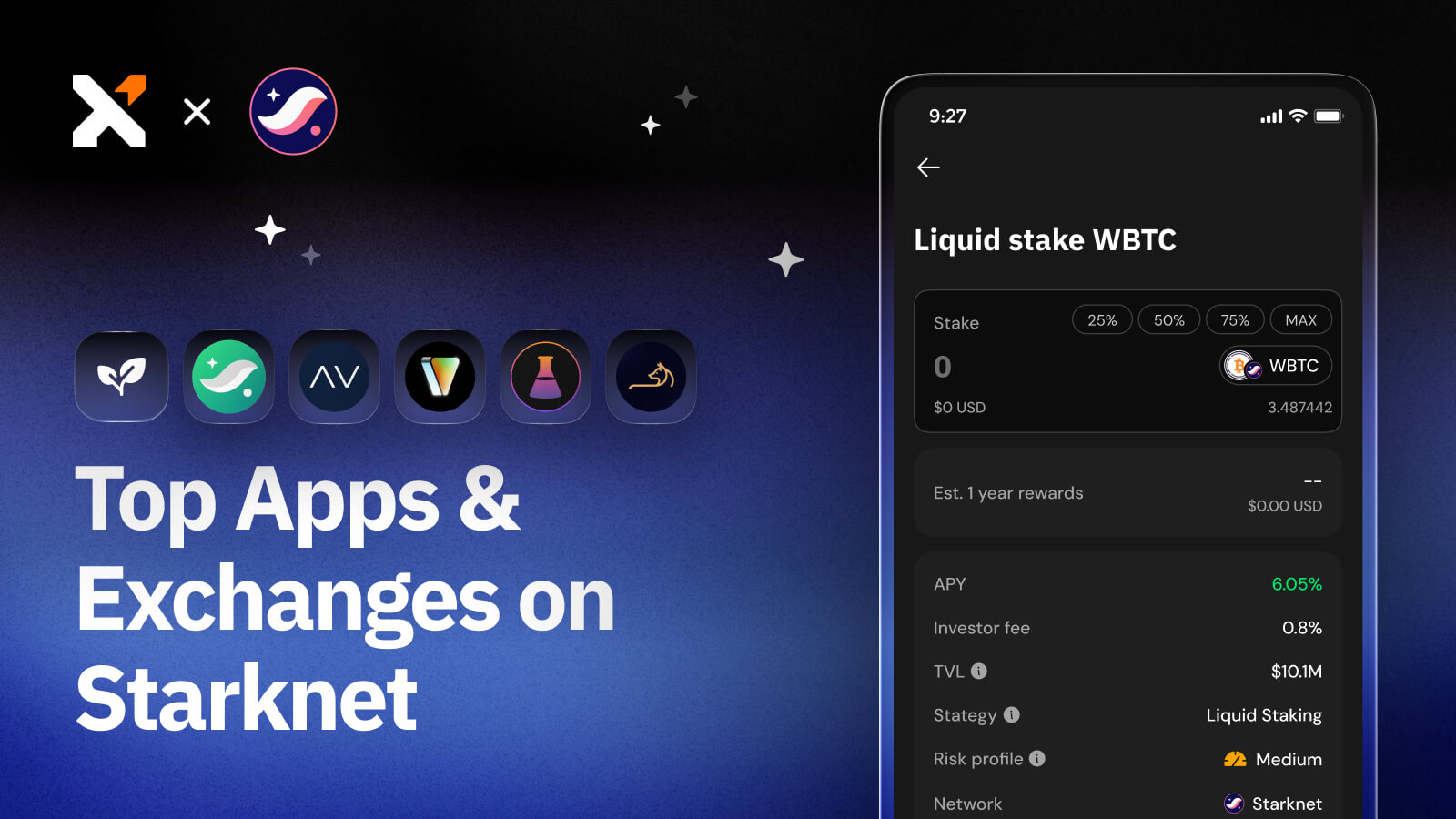What is Replace-By-Fee? A Guide on How to Speed Up Bitcoin Transfers
Learn how to speed up Bitcoin transactions using the Replace-by-Fee (RBF) feature in this beginner's guide.

Sign up for updates!
Stay tuned to our latest news and updates
.svg)
Bitcoin transactions can remain unconfirmed on the network for hours, possibly days. It's a frustrating situation, worsened by the network's ever-fluctuating transaction fees. Replace-by-ree (RBF) is a valuable feature that helps you speed up your Bitcoin transactions that are stuck in the mempool.
This guide will explain what replace-by-fee is, how it works, and how you can use Xverse's RBF feature to speed up your stuck Bitcoin transactions.
Why Do Some Bitcoin Transactions Take Longer to Confirm?
The network relies on a proof-of-work (PoW) consensus mechanism to validate transactions and secure the blockchain. PoW requires miners to solve complex mathematical puzzles to create new blocks and earn rewards.
Each block can contain only a limited amount of data, meaning miners have a fixed number of transactions they can process at any given time. This limit is known as the block size, and sometimes, the demand for transactions exceeds the block space. This leads to a queue of unconfirmed transactions (UTXs) forming in the network’s memory pool (mempool).
The Bitcoin mempool is a temporary storage area where Bitcoin transactions wait for selection and inclusion into a block. Miners prioritize the transactions by the fees a sender pays them as an incentive to process their payment. The higher the fee, the more likely the miners will hasten the transaction’s confirmation.
However, sometimes, the sender’s fee may not be as competitive as those of other transactions in the mempool, especially during periods of high network activity. This can leave the transaction stuck or result in the network dropping it altogether if the miners take too long to confirm it.
What is Replace-By-Fee?
RBF is a mechanism for speeding up a low-fee Bitcoin transaction by allowing the sender to rebroadcast it with a higher fee.
Essentially, you replace your original payment with a double-spend copy that offers miners more for priority inclusion. Doing so “cuts in line” by leapfrogging your earlier payment.
Satoshi Nakamoto, Bitcoin’s anonymous creator, first proposed it in 2010. However, it started receiving wide adoption in 2016, when Bitcoin Core, the most popular Bitcoin software client, implemented a version of RBF called opt-in RBF (BIP 125).
Opt-in RBF allows you to signal the intention to replace your transaction by setting a specific flag in the transaction data. This way, the network can distinguish between replaceable ones and those that are not, avoiding conflicts or confusion.
How Does Replace-by-Fee (RBF) Work?

At its core, RBF relies on your Bitcoin transactions being final only when miners verify and include them in a block. Therefore, you can send a new transaction using the same unspent coins if the original one is still pending.
Here’s a step-by-step guide to how it works:
- You initiate a Bitcoin transfer with a specific fee.
- Before broadcasting the transaction to the exchange, you flag it as replaceable, indicating you may want to update the fee later.
- If the transaction is taking too long to confirm, you can create a new one with the same inputs but at a higher fee.
- This new transaction incentivizes miners to prioritize its confirmation over the previous one.
- On confirmation, it invalidates the old one, preventing the possibility of a double-spend.
For your replacement transaction to work, it must follow certain rules.
- You must first signal for RBF by flagging a payment as RBF-enabled when originally broadcasting it. For unconfirmed inputs, you can spend any unspent coins.
- Your replacement transaction must have a higher fee than the original, and the increase must be at least equal to the minimum relay fee (the lowest fee that the network will accept).
- Your transactions must have the same outputs, as the new transaction sends funds to the same address(es) as before.
Benefits and Drawbacks of Replace-By-Fee
RBF has several benefits and drawbacks you should know before using the feature. Let’s take a look at them.
Pros
- Eliminates cancellation delays: RBF allows you to bump the fee without canceling the original transaction, avoiding delays.
- Accelerates transactions: RBF allows your transaction to jump ahead of the queue, giving it a faster confirmation time.
- Lower cost: You only pay a higher fee when it’s necessary, which prevents unnecessary spending.
- User control: RBF gives you control over transactions by allowing you to adjust fees according to the network conditions.
Cons
However, the mechanism has its drawbacks, including:
- Inadvertent overwrites: You could accidentally invalidate your original transactions.
- Recipient confusion: The recipient may see the pending transaction appear and disappear from their wallets, which may confuse them.
- Fee sniping: Other users could front-run your replacement by offering higher fees.
- Technical difficulty: RBF is technically complex, and setting it up may be challenging for beginners.
How to Use Xverse’s RBF Support Feature to Speed Up Your Stuck Bitcoin Transaction

The Xverse Bitcoin wallet makes using RBF simple, facilitating fast Bitcoin payments. That also means you can use Xverse’s RBF function to speed up your Ordinal inscriptions and rare sats transactions.
To speed up your Bitcoin transactions using Xverse, follow these steps:
- Open your Xverse Chrome Extension.
- Click on your Bitcoin wallet and open your transaction history.

- Select ‘Speed up.’
- Choose the priority level or a custom fee for your RBF transaction. You will be shown how much the new fee will cost you.

- Once you have decided on a priority level, click ‘Submit’ to process the new RBF transaction.
And that’s it! Your Bitcoin transaction will now be processed faster.
Frequently Asked Questions
What is an RBF fee?
An RBF fee is the higher transaction fee you submit when rebroadcasting a stuck BTC transaction. It supersedes the initial lower fee.
What does replace-by-fee mean?
Replace-by-fee signifies resending a transaction with a greater fee to override a previous unconfirmed duplicate payment. Doing so incentivizes miners to prioritize the newer, more lucrative version of the transaction.
How do I increase my Bitcoin transaction fee?
You can use the replace-by-fee functionality to increase the fee on an existing unconfirmed transaction by sending a duplicate version that pays more. Leading Bitcoin wallets like Xverse make using RBF easy and user-friendly.
How do I speed up a pending transaction on the blockchain?
Suppose a Bitcoin transaction gets stuck pending blockchain confirmation. In that case, you can retry it using the RBF feature and a higher fee using Xverse wallet's accelerate option, which efficiently replaces it for faster inclusion.
Are there risks associated with using RBF in Bitcoin?
Yes, the main risk is potential confusion if the recipient sees pending payments that seem to appear and disappear in their wallet. Extra diligence is needed when leveraging RBF.
How does Replace-By-Fee improve Bitcoin transaction efficiency?
RBF bolsters Bitcoin transaction efficiency by empowering users to seamlessly revise stuck payments on the fly, avoid cancellation waits, and instantly cut to the front of the transaction queue anytime prevailing fees spike. This feature is especially useful if you are using an Ordinals wallet to buy, sell, or send Ordinals.
Share this article



.svg)




